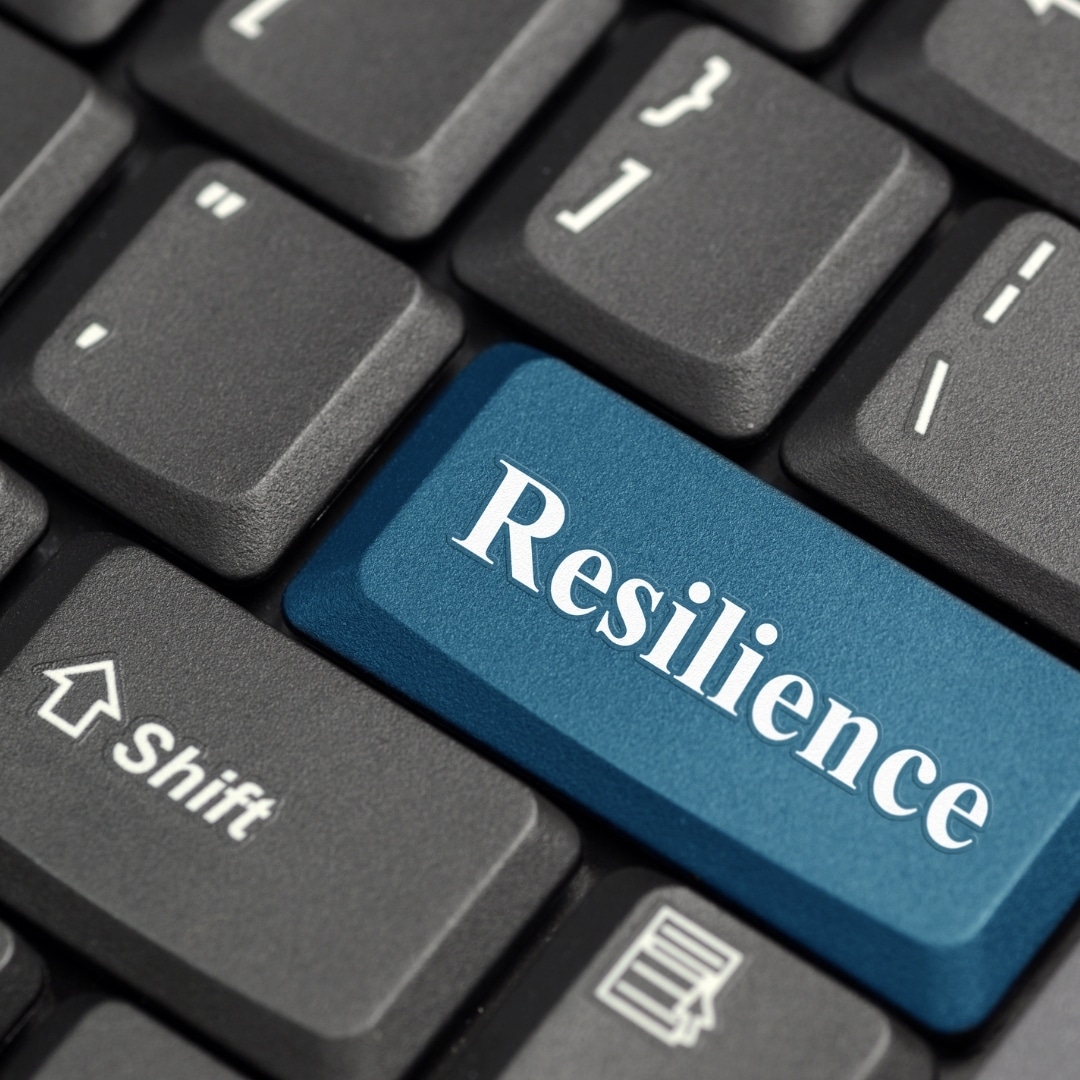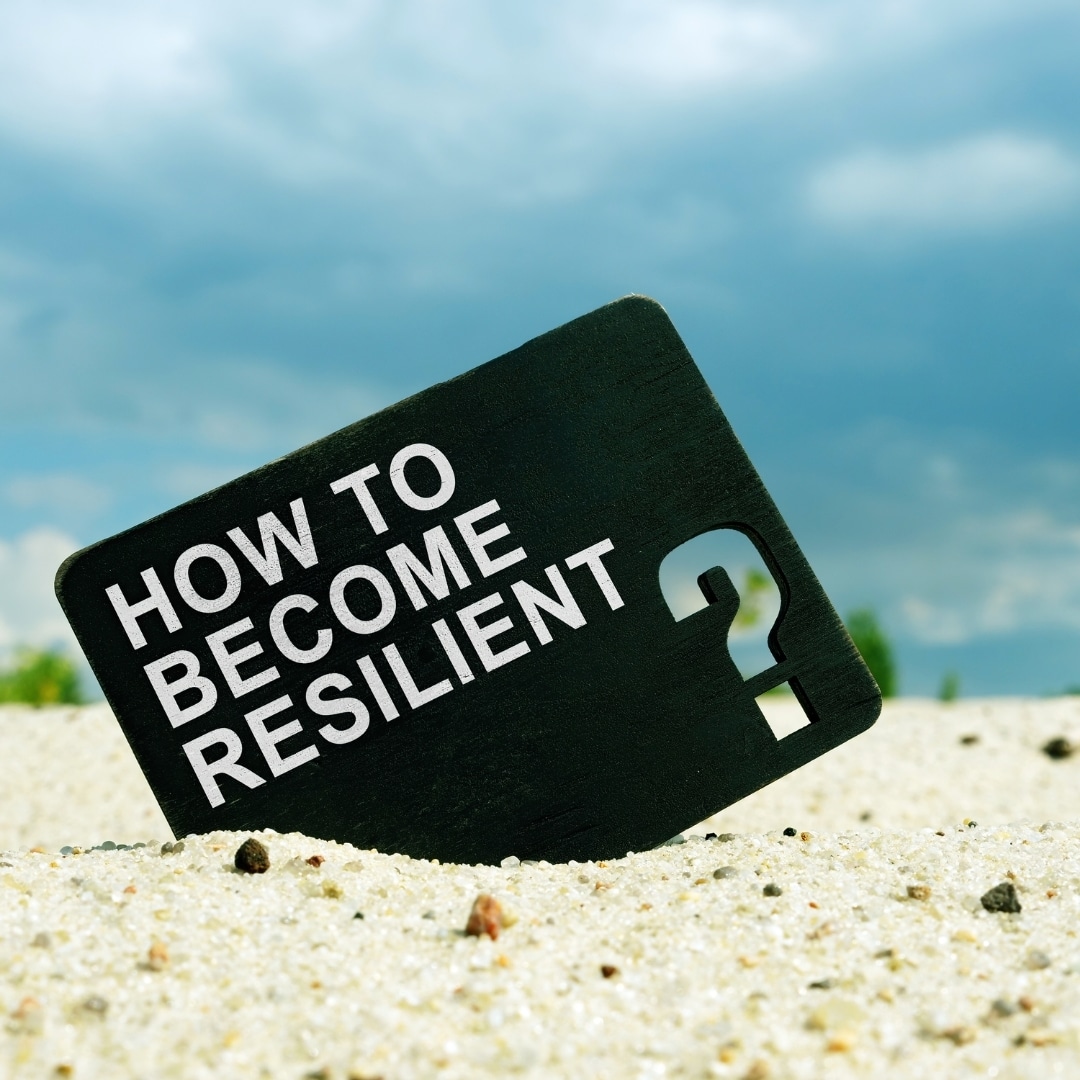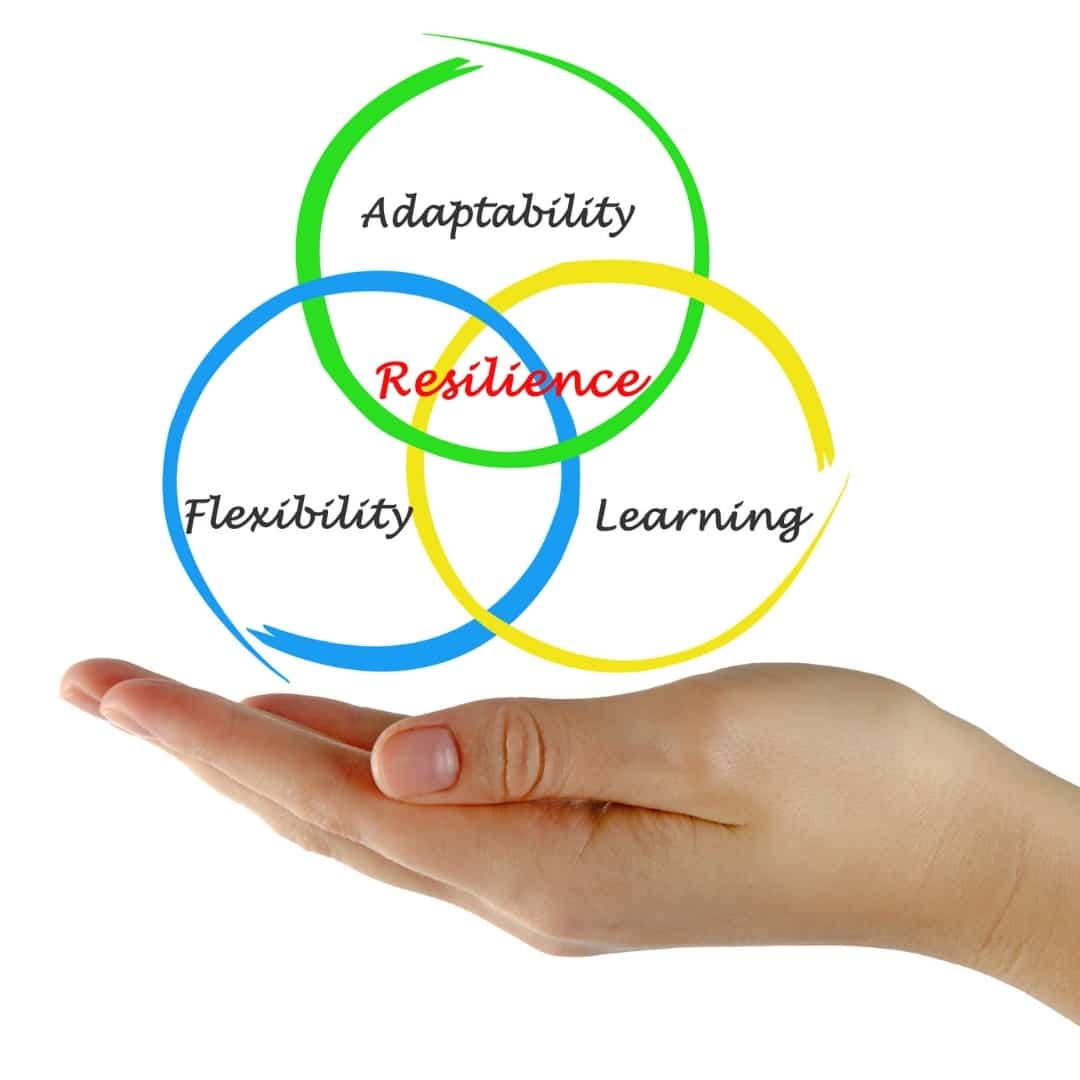
5 Holiday Skincare Products to Pack
5 HOLIDAY SKINCARE PRODUCTS TO PACK FOR HOLIDAY TRAVEL Holiday Skincare – Preparing for a trip this winter? These five Rodan and Fields products are perfect for seasonal travel. Bring
Resilience: 12 Ways You Can Bounce Back From Any Situation and why I am choosing to be resilient.

I am choosing to be resilient and to have the strength even in the face of a Covid-19 lockdown. I choose to use my team of 12 and I to evolve and improve our practices to come out of these uncertain times stronger than ever. We make the choices each day, which determine how resilient we are when things go wrong. Discover how to thrive when it’s difficult.
How do you know if you are hardy enough to be truly successful? Resilience is described as the ability to come back from hardship. According to Amit Sood, MD, executive director of the Global Center for Resiliency and former lecturer at Mayo Medical School in Rochester, Minnesota, the important thing is to handle the tough times and move on. Resilience is not being catapulted from one point to another. It’s more like hiking without guideposts.
Taking time, support from others and can lead to additional setbacks. Eventually, you realise how far you have to go.

Every situation has a chance to upset you. And you have the chance to handle it differently. Resilience is a learned skill and requires consistency and resilience training for different situations.
“There is no known recipe that can be consistently applied to everybody,” says Sood. Life coach Viviana Valiente agrees. She believes that, unlike an overabundance of education, resilience comes naturally to some people and has to be re-learned through experience.
Having children, you cannot only focus on their school performance. There is a huge amount of information and details in caring for your child that is quite complicated. Being resilient can make you wonder if you are falling short. The idea of ‘grace’ can be comforting.

The way you deal with life’s speedhumps is what makes the difference in the quality of your life. This could be in the form of learning, teaching, or coping, but some people make it to the top because they could learn from every situation, and they learnt to keep going.
For instance, marathoner Sunita Rani finished a 42-kilometre race despite having to cope with unexpected snow and ice on the last leg. She took a shortcut and was in the lead. She kept going. Or take mountain climber Jimmy Chin.
His injuries, as well as his finances, pushed him to the wall, and he is glad he didn’t quit and carried on with the climb. He ended up accomplishing a climb that others hadn’t done in 10 years.
Many factors help us come back stronger and wiser from the bumps in our life. These include the types of things we do, the support we have, our financial situation, and the people we surround ourselves with. “The ability to bounce back from adversity comes down to three things:
Psychological and emotional resilience, health and lifestyle, and the level of your resilience and your ability to overcome a life event,” said Dr Sood, who also explained that a variety of mental and physical health issues such as depression, anxiety and substance use could hinder our ability to bounce back and carry on.
How to be resilient? According to Dr Sood, there are 12 ways one can be resilient, and these things I practise, and I am choosing to be resilient.
Create Your Own Guideline. Setting a long-term goal for yourself and then defining how to get there is one of the best things anyone can do to develop resilience, Sood says. Identify what ails you and figure out the path you want to take. Begin to envision a life in which you reach the goal.
It can be daunting, but in some cases, it helps to break it down into smaller, more manageable steps. Then stick to that vision. Reach Out To Someone Sometimes, this person could be a group of people, including your family and friends. They’ve seen you deal with hardships and can support you. If you cannot reach out to someone, then writing down your goal and comparing it to your ideal self can be helpful.

Mullin PhD notes that you can stretch your mind by playing games. Several games often require you to reevaluate your strategies on the fly in response to others’ behaviour. Mastering these skills may take a lifetime. However, having these skills allows you to apply them to daily life situations and learn from them.
For instance, think about what new skills you need to develop right now that will benefit you in the future. Additionally, consider how this experience can develop your well-roundedness.
Additionally, Prof. Heller says that your “fight or flight” response is triggered if you perceive a threat. This means your blood pressure will rise, as well as your anxiety.
On the other hand, when perceived as a threat, the body releases hormones that help recovery causes stress, and conserves energy.
Think no thoughts that go nowhere. Rather, think of possible ways to get out of your situation or fix your current dilemma.
This young woman with spina bifida was interviewed in the book “Resilience”. She modelled U.S. president Franklin Delanoë Roosevelt, who was paralysed from polio.
When she feels down because of her disease, she contemplates, “What will Franklin do?” This boosts her self-confidence, so she feels better about herself. Her resiliency helps her with the illness that she was afflicted with.
By exposing yourself to stressors, you inoculate yourself against stress. For your consideration:
Resilience is not about getting through life unscathed. It means developing the ability to be resilient after a significant life-changing event (read: stress).
This can happen during childhood, such as the death of a loved one, or it can happen after you have been released from a difficult marriage. People often underestimate what they can handle and overestimate their ability to recover from unexpected challenges. Dr Sood says, “Studies have shown that if you do not learn to deal with what life throws at you, you will miss out on a key part of what it means to be human.
That’s what resilience is all about. You’re stronger when you can handle whatever life throws at you.” The term “emotional intelligence” does not really help us cope with challenges.
The key to resilience is self-awareness. Resilient people think about things differently: they don’t wallow in negative thoughts or focus only on the bad times. They realise how to bounce back from challenges. Another trait of resilient people is that they say no to uninvited invitations and don’t say yes to going along with a trend simply because everyone is doing it.
Building solid relationships and recognise their worth. Resilient people are good at Accepting the reality of the situation that’s before them. Dealt with tough situations maturely, delay gratification, seek reasonable alternatives Have a positive attitude. These skills are important for being resilient.
Resilience takes work. It takes discipline to protect your mind and emotions from the rough and tumble of the world. The personal stories you share are a tribute to all the people who have changed their lives by their ability to recover from tragic events. When times are tough, it’s important to remember always people who can help, both professionally and personally.
An excerpt from HOW TO BE RESILIENT: 12 WAYS YOU CAN BOUNCE BACK FROM ANY STRUGGLE, by Jane Bonner. This book is published by Bantam Press and can be purchased on Amazon. One that I like to go back to and read again during times I find challenging.
Get updated with the latest news about our company’s achievements and activities

5 HOLIDAY SKINCARE PRODUCTS TO PACK FOR HOLIDAY TRAVEL Holiday Skincare – Preparing for a trip this winter? These five Rodan and Fields products are perfect for seasonal travel. Bring

Omni-Channel vs Multi-Channel: Your Business Ultimate Guide to Ecommerce – Customer Journey Omni-Channel Vs Multi-Channel “Omnis” is Latin for “every/all,” Referring to the convergence of all physical (offline) and digital

How To Use Google Analytics And SEO Analytics For Beginners How To Use Google Analytics For Beginners How To Use Google Analytics For Beginners – The Importance of SEO Analytics

LinkedIn Algorithm LinkedIn Algorithm – Everything You Wanted to Know and Were Too Embarrassed to Ask Every social media network updates its algorithms regularly, Facebook Instagram LinkedIn. Today, I’ll show

Mersol & Luo – latest article on Austrian Wine Export Growth into China I have updated my article on the Austrian Wine Growth in China for 2021. Wine enthusiasts around the

Beauty Industry + Rodan and Fields ( Comedone Acne) CAUSE OF ADULT Comedonal ACNE + TEEN ACNE? Comedonal Acne – The question is, what are the causes of Adult Acne
